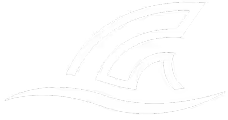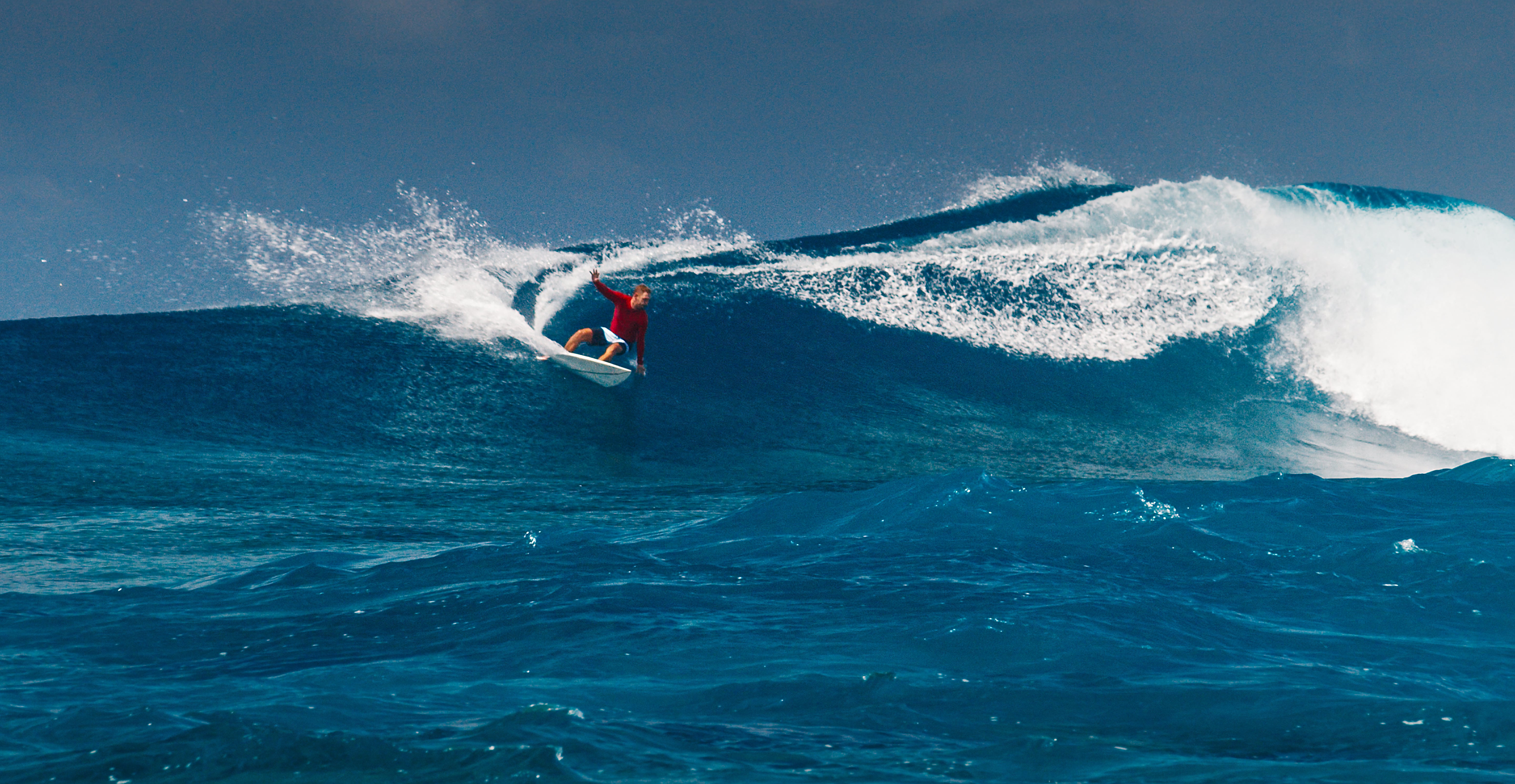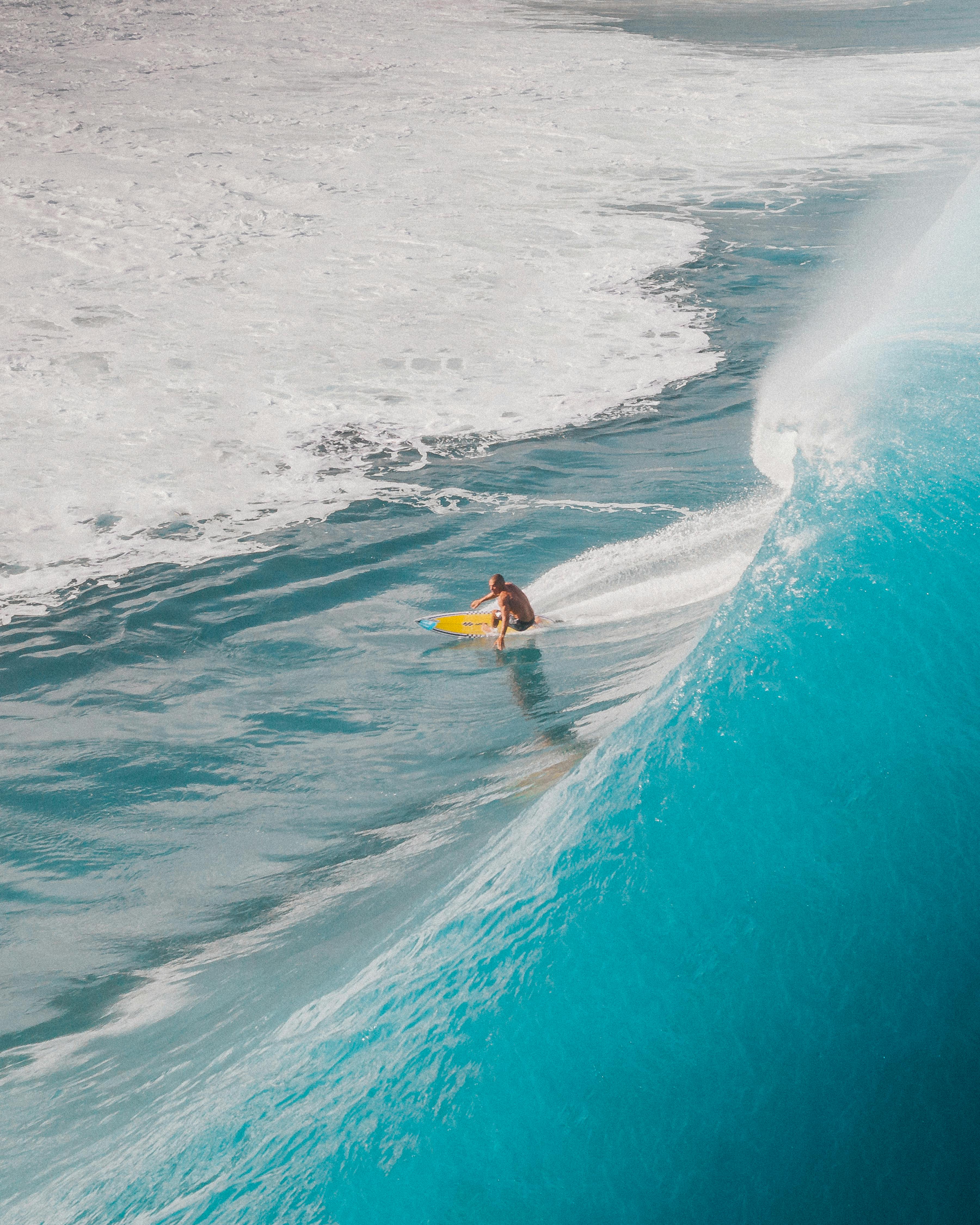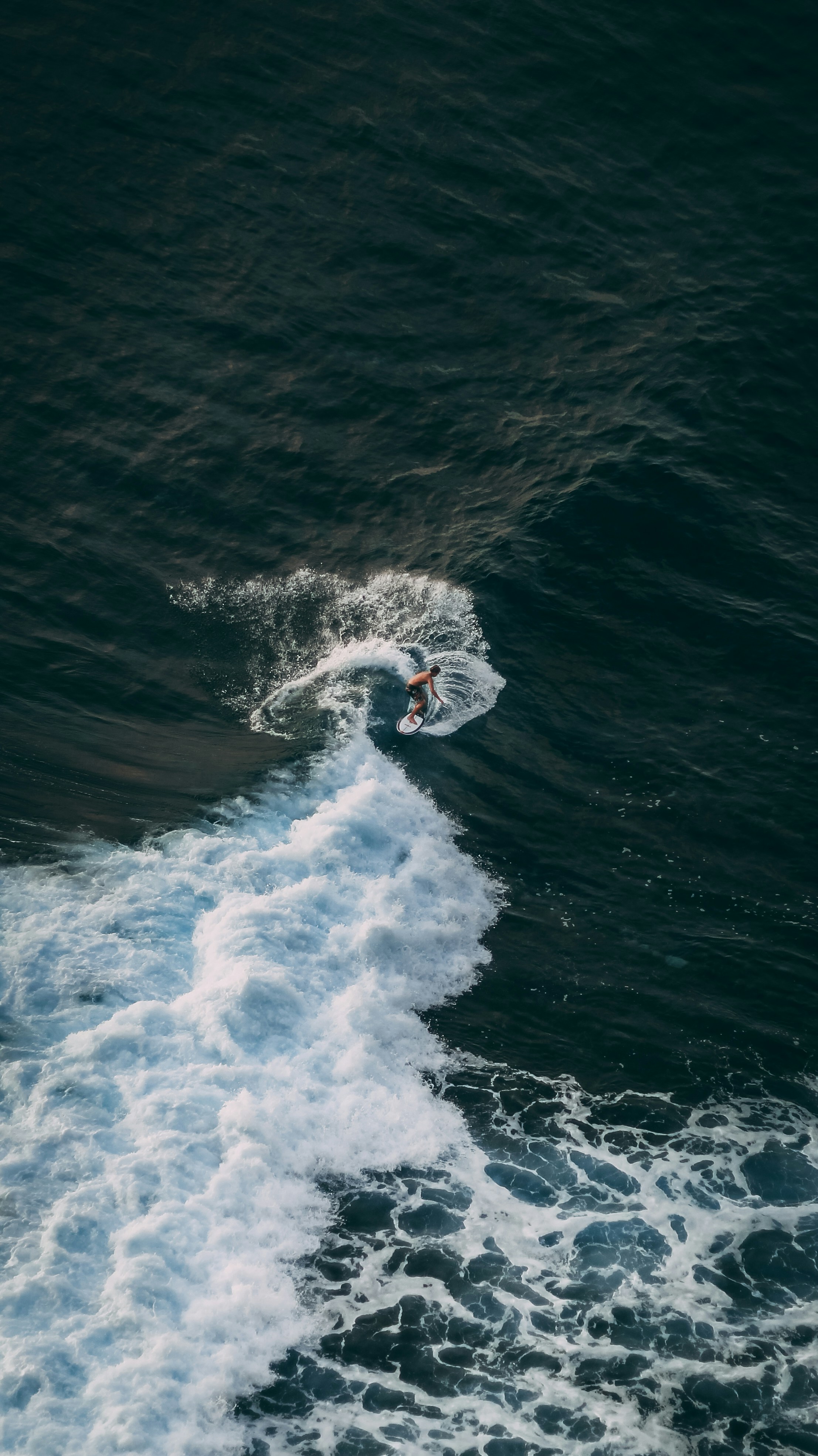How to Do a Cutback (Without Overthinking It)
The cutback is one of surfing’s foundational maneuvers – and it’s also one of the easiest to get wrong. Whether you're going for a stylish frontside arc or a more aggressive roundhouse, there are a few key steps that separate a clean, flowing cutback from a clumsy one.
Let’s break it down.
Step 1: Stay in the Pocket
Before you even start your turn, positioning matters. One of the biggest mistakes surfers make is trying to cut back from the shoulder. The real power – and flow – comes from staying close to the pocket, the energy source of the wave. A good cutback doesn’t just look good – it keeps you in the wave’s power zone so you can continue your ride.
Step 2: Generate Speed (But Not Too Much)
You don’t need a ton of speed – just enough to carry you out onto the shoulder. One or two clean pumps is usually enough. Once you’re there, initiate a shallow bottom turn with a slight compression in your legs. Think of this bottom turn as the setup: it dictates your line, your energy, and your timing.
Step 3: Compress, Look, and Lean
Now the real magic happens. As you start to turn:
- Compress into the board
- Engage the hillside rail
- Look with your head and eyes where you want to go
(Where you look is where you go – always.)
Your leading arm should drop low, just past your hip, while your trailing arm rises above your shoulder to help rotate your torso and drive the turn. If you skip this step or flail your arms, you’ll either bog a rail or lose flow entirely.
Step 4: Finish the Turn and Rebound
A proper cutback drives all the way back to the foam, where the wave's energy is. That rebound off the whitewater isn’t just dramatic – it’s functional. It sets you up for your next move. A common mistake here is cutting the turn short. If your board doesn’t fully redirect back toward the foam, the move will feel half-finished.
Step 5: String It Together (Optional, but fun)
Once you’ve nailed one cutback, the goal is linking them. This means exiting one turn with enough speed and body positioning to flow straight into the next. Your back leg extension and front arm rebound play a huge role here – they help create spray, speed, and style.
What If You Can’t Practice Every Day?
Here’s the deal: cutbacks are not a natural movement. They take dozens – if not hundreds – of reps to really dial in. That’s why surfskates are so effective. They let you groove the motion on land, so your body recognizes it in the water.
But just skating around isn’t enough…
How TRAX Makes Every Cutback Better
TRAX takes the guesswork out of practice. It analyzes your surfing session – tracking turn angles, weight shifts, and flow – then uses that data to build tailor-made surfskate drills. You’ll know exactly what to practice and how to practice it, so your turns improve faster than ever.
No more wondering if you’re doing it right. TRAX turns feedback into action – and turns decent cutbacks into great ones.
Why Surfing Is So Damn Hard – Understand the core challenges that make maneuvers like cutbacks tricky.
Does Surf Skating Help Your Surfing? – A great tool for building muscle memory and carving mechanics.








